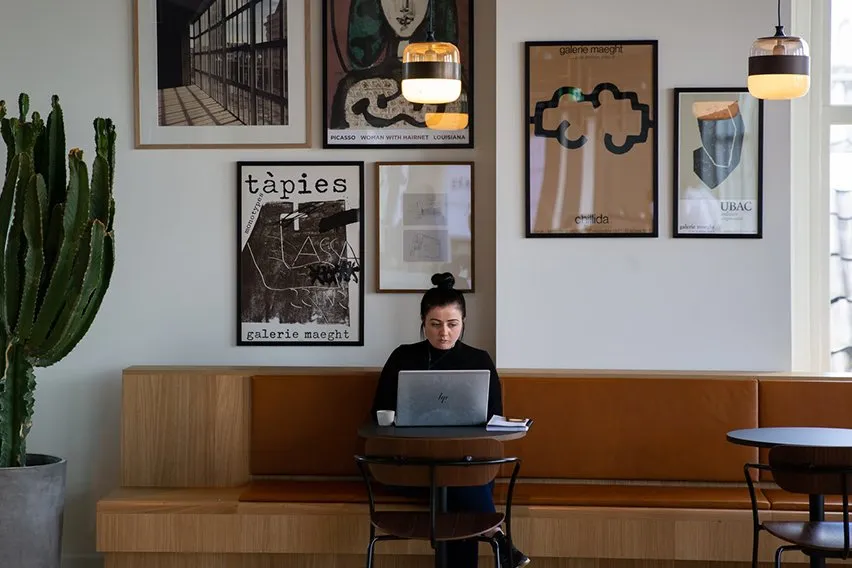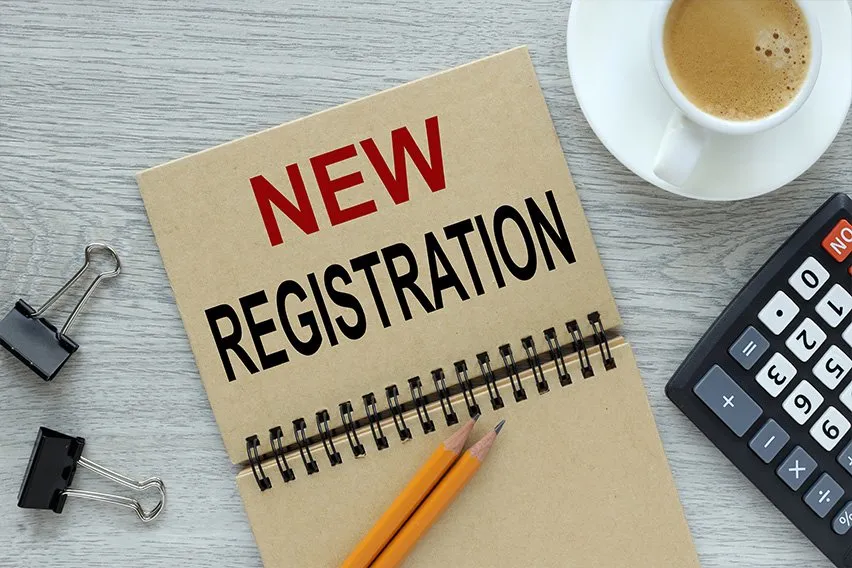What Is a Freelancer & How to Become One? Freelancing Guide

Not everyone enjoys the standard 9 to 5 routine. They can be restrictive and frustrating. Some people don’t want to work for another person. They would rather work for themselves. At the same time, not everyone wants to be a business owner, either. So what’s left? If you’re looking for full-time employment but want something a little different, freelancing might be for you. Learn all about how to become a freelance worker in our freelancing guide!
Here’s What We’ll Cover:
What Is a Freelancer?
Freelancers are independent labourers. Rather than being employed by a company, they are hired on a per-task or per-job basis. Freelance jobs are almost always short-term work. Because they are not hired on a full-time basis, they are normally asked to sign contracts. Each contract job is negotiated independently of one another.
Freelance careers can be done as full-time employment, but they can also be done as side work to help supplement an income. Full-time freelancers typically run their own freelance businesses. Part-time freelancers may seek work through contract consultants. Depending on the freelance marketplace, potential clients may be harder to source at certain times of the year. Jobs may also be difficult to find based on experience, industry, and project scope.

Some Common Freelance Jobs
There are some positions that lend themselves to freelancing more than others. These freelance projects are easy to find and are always in need.
- Independent freelance journalist
- Online content creators
- Web designers or app developers
- Graphic artists
All of these positions are typically in high demand, and because they are normally one-time projects they are done on a freelance basis.
Advantages of Being a Freelancer
Being a freelancer comes with plenty of benefits. It means that you can work from wherever you’d like. Many freelancers work from home entirely. It also allows for a more flexible work schedule, and a better work-life balance. It also has a positive impact on the economy. Freelancers reduce overall unemployment.
Disadvantages of Being a Freelancer
There are some drawbacks to being a freelancer, as well. Freelancers face uncertainty about job stability and future income. Work is also inconsistent from time to time, depending on the freelance market. One of the biggest fears that freelancers face is a lack of benefits. They aren’t provided health insurance or retirement benefits from an employer. They have to find those things on their own.
How to Become a Freelancer
If you’re interested in working for yourself and beginning a new career as a freelancer, read the steps on how to do so below!
1. Don’t Quit Your Job
If you currently have a job, don’t quit it just yet. First, make sure you have the resources to go without income first. Have savings built up. If you don’t, continue working at your job as you begin freelancing. Learn your craft, and start part-time freelancing.
2. Decide What Services You’ll Offer
Do some research and decide on what freelancing services you’ll offer to clients. Some popular options are writing, graphic design, web development, and app design. Knowing what you can offer allows you to find clients easier.
3. Find Your Target Market
Knowing your services isn’t enough. You can drill down further from there, and decide on a niche. By doing so, you can target clients more easily.

4. Establish a Presence
There are several freelance markets available online. It may be easier to begin looking for clients there. Some of the more popular platforms are Fiverr, UpWork, and Freelancer.com. While you’re making accounts there, also put together a separate portfolio that you can direct clients to for samples of your work.
5. Market Yourself
Start marketing yourself as a freelancer online. Market on social media, use cold emails and advertise to potential clients. This is the best way to start a client base.
6. Keep Traction Going
Once you’ve started establishing relationships with clients, keep it going! Maintain your relationship by being communicative and friendly. Negotiate rates and retainers, and continue to offer services to good clients. Additionally, establish a referral system that rewards clients who refer you to potential clients.
Key Takeaways
Being a freelancer isn’t as intimidating as you may think. It can be difficult to get started, but once you’re established it’s all about maintaining. Take your time and be perseverant. Freelancing is a rewarding way to make a living. If you’re starting your new career as a freelancer and need some tips, be sure to review our resource hub! It has plenty of information for new and experienced freelancers.
RELATED ARTICLES

 How to Calculate Business Startup Costs: An Essential Guide
How to Calculate Business Startup Costs: An Essential Guide How to Start an Online Store: 10 Steps to Follow
How to Start an Online Store: 10 Steps to Follow How to Start a Limited Company in the UK
How to Start a Limited Company in the UK What is a Sole Trader: Meaning, Role, and Pros & Cons
What is a Sole Trader: Meaning, Role, and Pros & Cons How to Register a Business Name in the UK
How to Register a Business Name in the UK UK Small Business Grants: What are They and How Do I Apply?
UK Small Business Grants: What are They and How Do I Apply?